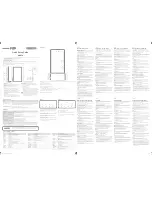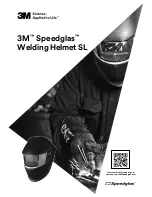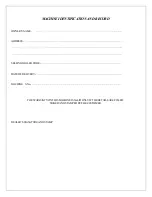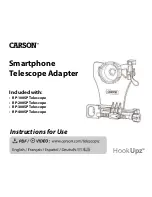
Page 8
Our harness is supplied with the adjustment locked. To change the setting, you
must first remove the strap from the lock, then you can adjust the inclination of the
torso to make it more vertical by pulling the strap forward, or more reclined by
pulling the light grey strap in the opposite direction.
A sitting position ensures a low inertia and thus prevents twisting. The
horizontal position reduces aerodynamic drag and allows best glide in
accelerated flight.
Adjusting the tilt of the seat board
This adjustment varies the angle
between the legs and the back
(seating depth), distributing the load
between the seat and the back,
thereby providing the pilot with
greater comfort. If you want to
change the adjustment, you must
first loosen the strap. The more the seat board is tilted backwards, the easier it is
to "slip in" into the harness after takeoff.
Adjustment of shoulder straps
Shoulder-strap adjustment enables the harness to be
adjusted to the pilot’s height.
The adjustment buckle is situated low down, near the rear edge of the seat.
The shoulder-straps also support part of the torso weight to improve comfort. After
that you have determined the correct position for the seat and back, adjust the
shoulder straps so that they are in contact with your shoulders, neither too loose
nor too tight.
The adjustment of the shoulder straps is done while standing. They are dressed so
far that you can just stand upright.
The shoulder straps must be tightened in a relaxed position so that a light
pull is felt on the shoulders.
Adjustment of leg straps
Pull the leg straps tight before
starting, but make sure they do
not cut in or squeeze.
Due to a special design the leg
straps will not hinder your running
at the start. Because they are tied
tight, the front of the seat is lifted
and helps you getting into the
harness. By slipping back in the gear, the leg straps loosen a bit after start.
Adjustment of chest straps
The adjustment of the harness
chest
strap
controls
the
distance between karabiners
and affects the handling and
stability of the glider.
The risk of twisting is also
strongly affected by the seating
position of pilot.
Содержание XEMA 2
Страница 1: ...Page 1 MANUAL Version 1 2021...






































